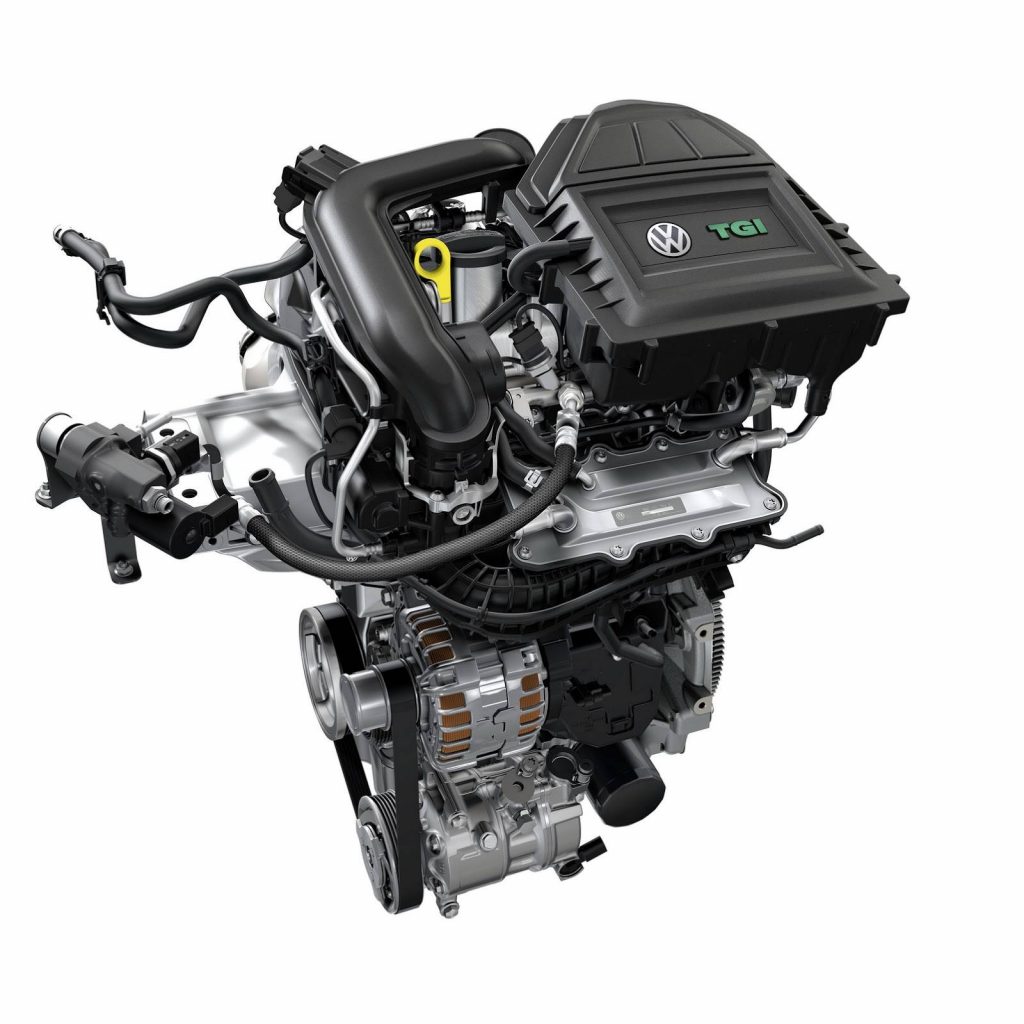The energy market automatically reacts to any event in the world. And if oil and gas are either getting more expensive or cheaper, the automotive fuel market maintains a steady upward trend in prices. A car enthusiast who actively uses his car, for example, a taxi driver or a courier, involuntarily asks himself the question when performing simple arithmetic calculations – is it possible to reduce the cost of operating a car and if so, how? It is impossible to refuse to repair the suspension, but it is quite possible to convert a car to an alternative type of fuel. Today, the practice of converting engines to a mixture of propane with butane or methane has become widespread.
Fuel selection
What type of fuel to choose must be decided first, since the choice of gas equipment depends on it. The equipment is not interchangeable and the engine settings will also vary greatly.
Methane, being natural gas, has a significantly lower cost than a by-product of oil refining – propane. However, of the total number of purchased gas-fuel installations, methane accounts for no more than a quarter. And there are reasons for this.
- The first thing you will have to deal with is the procedure for obtaining permission for installation. The process of obtaining a certificate and registering in the PTS is much more complicated and longer than registering butane. This is due to the greater volatility of the fraction and greater explosiveness.
- The cost of the equipment also increases proportionally to safety requirements.
- Due to the low demand for raw materials, the number of gas stations selling methane is also not large.
- In addition to the relatively low octane number, methane has a harmful effect on engine components
- High pressure for liquefying gas and, as a result, an increase in the walls of the tank and weight several times. The weight of a methane cylinder is about 100 kg, versus 20-40 kg for propane-butane.
Pros and cons
Regardless of the choice of the type of alternative fuel, there are also general beneficial and negative aspects of such modification of the car.
Let’s try to weigh the pros and cons of installing gas-cylinder equipment.
- Undoubtedly, fuel costs will be significantly reduced. But it should be taken into account that the equipment itself and its installation will cost a pretty penny.
- The octane number of a mixture of propane and butane fluctuates around 105 depending on the technology and proportions of production. As a result, there is a smoother ignition from the mixture heating core, a reduction in shock loads and an increase in engine life. In response to this, there is a deterioration in dynamic characteristics and a drop in power due to slower combustion of fuel.
- The absence of a large amount of carbon in the exhaust gases leads to the absence of deposits on the walls of the combustion chamber and components of the catalytic converter, which significantly increases its durability. In turn, in most cases, the technologically complex procedure for installing gas equipment leads to a limitation or complete refusal of warranty obligations by the manufacturer’s representatives.
- The gas supply system duplicates or operates in a mixed mode with the factory fuel equipment, which increases the range on one refueling. However, the network of gas stations is not as extensive as the network of conventional petrol stations. In addition, the operating principle of the gas filling station is such that the supply is turned off by a signal from the pressure sensor. Its settings are individual. Therefore, it is never possible to say exactly how much gas has been pumped into the tank.
- There are no expensive components in gas fuel equipment, and any element can be easily and inexpensively replaced if it fails. But the explosiveness of gas requires constant inspection by a specialist and preventive maintenance. As parts wear out, the engine requires regular fine-tuning.
Everyone evaluates the profitability of converting a car to gas on their own. Based on the importance of this or that factor, taking into account the tasks for which the car is intended. When making a decision, it is necessary to remember that installing equipment will significantly reduce the usable space of the car, and the myth of a possible increase in the service interval will remain just a myth.
There are economic calculations that show that with a vehicle mileage of about 10,000 km per year and an average fuel consumption of 8-9 liters per 100 km, converting the car to gas pays for itself in about 5 years.
Avaruosad.ee – online store of auto parts
Need car parts? Call, free consultation:
- +372 56 812 812
- info@avaruosad.ee


